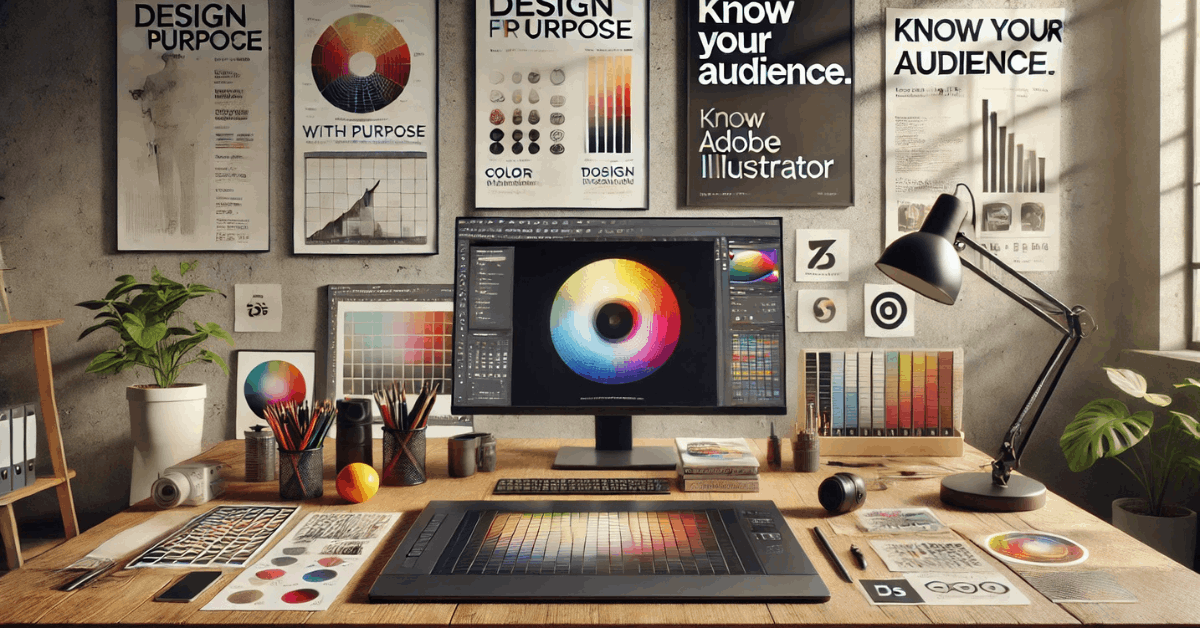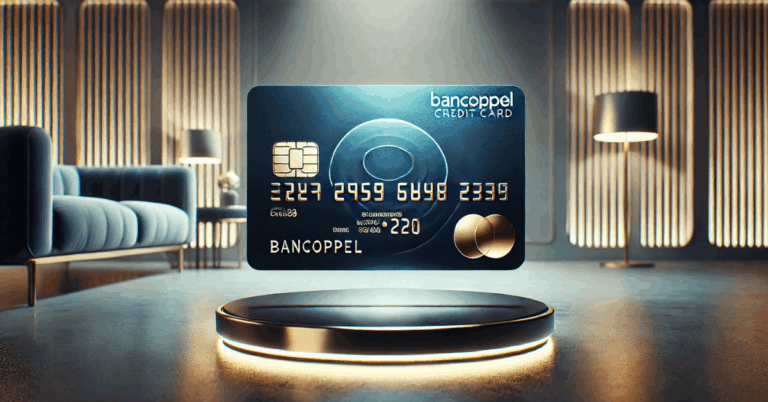Graphic design is a blend of creativity, precision, and purpose. To succeed in this competitive field, you need more than technical skill.
You need to master the 10 things graphic designers should know to stay ahead. You must understand visual communication, manage client expectations, and stay flexible as trends shift.
Why Graphic Designers Need More Than Talent to Succeed?
Graphic design is a competitive and evolving profession. A good graphic designer understands both creative direction and practical execution.
To succeed, you need more than inspiration—you need strategy, skills, and discipline. These essential areas will shape how you work and grow in the field.

10 Essential Things Every Graphic Designer Should Know to Succeed
These ten essentials cover the foundational areas that contribute to long-term success and growth in the field. Use them as a checklist to guide your career development.
1. Understand Core Design Principles
Design principles guide the structure and clarity of your visuals. They ensure every element has a clear role and supports the overall message.
Use contrast, alignment, repetition, and proximity to create layouts that are clean and easy to follow. These techniques help your work communicate better and look more professional.
Once you fully understand these principles, applying them becomes second nature in every project.
2. Know Your Tools Deeply
You must be fluent with industry-standard software to work efficiently. Your tools should help you, not slow you down.
Master Photoshop, Illustrator, InDesign, and Figma through regular practice and hands-on projects. Learn keyboard shortcuts, keep up with updates, and explore different features.
Strong tool knowledge boosts your confidence and helps you deliver high-quality work on time.
3. Learn and Apply Typography
Typography is a powerful part of visual communication. It sets the tone and directs how the message is received.
Study kerning, leading, font combinations, and spacing to maintain readability and consistency. Use typography intentionally to guide the viewer’s attention.
Avoid careless font choices because they can easily weaken even your best designs.
4. Stay Aware of Current Design Trends
Design trends reflect what resonates with modern audiences today. Staying current helps your work feel fresh and relevant.
Follow sites like Dribbble, Behance, and Awwwards to observe popular design directions. But always filter trends through the needs of the client and the purpose of the project.
Use trends when they enhance the message, not just because they’re popular.
5. Master Color Theory
Color plays a major role in how your design feels and performs. It influences both mood and usability.
Understand key concepts like hue, saturation, contrast, and color harmony. Always test combinations to ensure readability and accessibility.
Use RGB for digital work and CMYK for printed materials to ensure accuracy across platforms.
6. Communicate Clearly with Clients
Communication is essential in every design project. It helps avoid misunderstandings and improves results.
Ask specific questions to understand the brief, the client’s goals, and their audience. Provide regular updates and explain your design choices with logic.
Clear communication builds trust and creates smoother, more successful collaborations.
7. Build and Maintain a Strong Portfolio
Your portfolio is often the first impression clients or employers will have of your skills. It should showcase your best and most relevant work.
Include 5 to 10 polished projects with short descriptions that explain your role, process, and outcomes. Use a consistent format that reflects your style and professionalism.
Update your portfolio regularly to keep it fresh and aligned with your current goals.
8. Take Feedback Constructively
Feedback is a tool for growth, not a personal attack. Learn how to use it to your advantage.
Stay calm and listen carefully before responding. Ask for clarification when needed, and apply the parts that make your work stronger.
Designers who take feedback well are more likely to grow and succeed in team environments.
9. Understand Branding and Visual Strategy
Design is most effective when it aligns with a brand’s identity and long-term goals. Your work should serve a purpose beyond aesthetics.
Get to know the brand’s values, tone, and target audience before you start designing. Align your design choices to support these elements consistently.
When your design supports strategy, it becomes more impactful and valuable.
10. Keep Practicing and Evolving
Design is a field that constantly evolves and requires adaptability. You must keep practicing to stay sharp and relevant.
Try passion projects, redesign existing pieces, or join design challenges to stretch your creativity. Watch tutorials and study case studies to learn from others.
Improvement takes time, but steady effort will lead to noticeable progress.
Expand Your Skills with These Additional Tips
Adding a few more skills to your toolkit can make a big difference. These areas often get overlooked but offer real value to your development as a designer.

Explore User Experience (UX) Design
Understanding basic UX principles helps you create designs that are not only beautiful but also functional. Learn about user flows, accessibility, and interaction patterns.
When you design with the user in mind, your work becomes more intuitive and effective. UX knowledge gives you an edge when collaborating with developers or product teams.
Study Business and Marketing Basics
Designers who understand business goals create more impactful work. Learn how to interpret key marketing terms and campaign objectives.
Knowing how to read analytics or conversion data allows you to tweak designs with purpose. Your ability to align visuals with results will impress clients and stakeholders.
Join Design Communities
Being part of a design network helps you stay inspired and informed. Look for forums, Discord groups, or design meetups.
Sharing work, giving feedback, and asking questions can rapidly improve your skills. A strong community also provides job leads and collaboration opportunities.
Build Presentation Skills
Designers often present their work to clients or teams. Learn how to speak clearly and explain your choices.
A confident presentation can help your design get approved faster. Practice with peers or record yourself to improve delivery.
Learn Basic Project Management
Design projects have deadlines, feedback loops, and revisions. Knowing how to manage time and tasks keeps you on track.
Use tools like Trello, Notion, or Asana to organize deliverables. This helps reduce stress and improve professionalism.
Explore Print Design Fundamentals
Even in a digital world, print is still relevant. Understanding file formats, bleeds, and DPI is essential for print-ready work.
Know how to set up brochures, business cards, or packaging files. Proper setup saves time and avoids costly mistakes.
Final Takeaway: Succeeding in the Real World
Graphic design success requires more than creativity—it demands constant improvement and adaptability. Master your tools, stay updated with trends, and communicate clearly to build strong working relationships.
Focus on solving real problems with visual solutions, not just making things look good. The more value you deliver, the more opportunities you’ll create for yourself.











